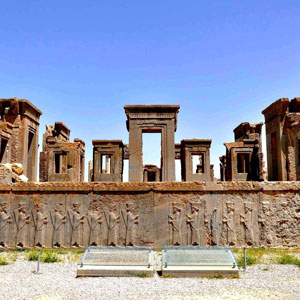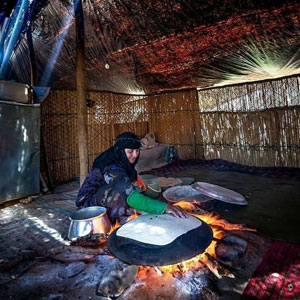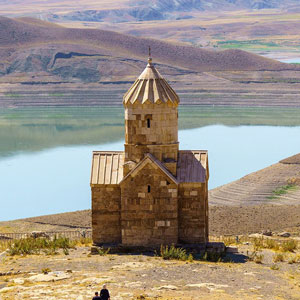 Signin with Google
Signin with Google Signin with Facebook
Signin with Facebook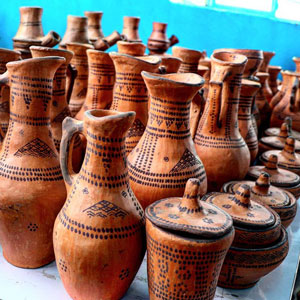 Culture
CultureThe Iranian Heritage Travels from the Caspian Sea to the Persian Gulf
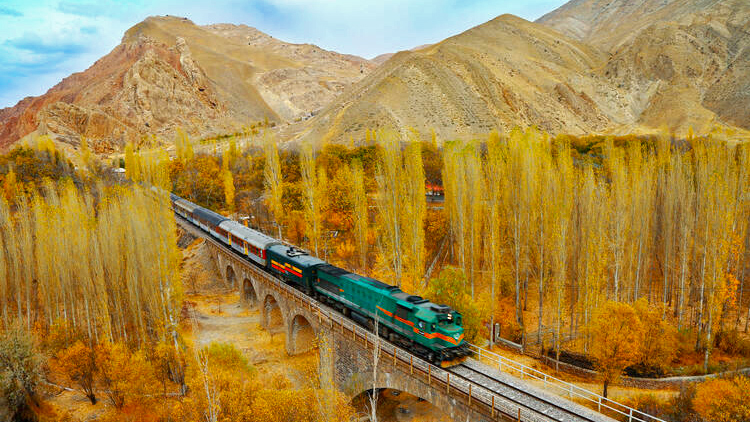
A world heritage that travels
Sneaking through spiral tunnels, passing over deep valleys, among desert plains and forests, it links the Caspian Sea to the Persian Gulf, two strategic spots of Iran. This Railway connecting the north of Iran, to the south, is a remarkable engineering achievement. The grand scale, rare construction techniques, and amazing historical and natural attractions on their way made it the first railway announced as a UNESCO Cultural World Heritage.
A latecomer dream that came true
Since the Qajar era, in the 18th century, there have been so many efforts to use the railroad transportation system in Iran, but this dream finally came true in the 20th century. Reza Shah Pahlavi, the founder of the last monarchy of Iran, always pursued the dream of modernity. For him, a modern country must have a perfect transportation system.
Reza Khan planned to build an iron foundry and make the complete process in Iran. The amount of needed time and budget made the government import the railroads and build a small foundry at the same time. The project started by calling for tenders. American and German companies won the contract and promised to complete the Trans-Iranian Railways within five years. Along the way, several other companies joined the project and collaborated with the Pahlavi government.

The iron path comes to be born
This important project started in 1927 by finding the best paths connecting the Caspian Sea, to the Persian Gulf. The first line was planned to start from Khoramshahr in Khuzestan Province to Bandar-e Gaz in Golestan Province, passing through the west of Iran and the capital.
After eight years, the major parts of the project were completed, and the railway station of Tehran was exploited in 1935. During a year, the railroad of Tehran-Bandar-e Gaz was added and the promised day arrived. The great Trans-Iranian Railway that connects the South to the North was officially inaugurated on August 25 in 1938.
But the project did not stop there. Other branching lines connecting Tehran to Tabriz, Mashhad, Yazd, and Kashan were added during the second period of the Pahlavi dynasty and made the east and the west of Iran accessible by railway transportation.
An extraordinary journey through the four-season land of Iran
Starting from the sandy shores of the Caspian Sea, the Trans-Iranian Railway passes through the high Alborz Mountains’ gorges. After moving to the widespread central plains of Qom and Arak, the railway reaches the Zagros mountainous region in Lorestan Province. The lines continue the way to the Khuzestan Plain, along the Karoun River to reach its endpoint, Khoramshahr & Bandar-e Emam at the shores of the Persian Gulf.
The Trans-Iranian Railway has a final length of 1394 kilometres and a width of 1435 millimetres, with 89 working stations on its way. To make this remarkable feat, extensive mountains were cut, steeped were overcome, and valleys were connected via extraordinary constructional techniques.

The victory erected on the railway
Along this long route, 224 tunnels and 360 great bridges were erected. One of these phenomenal structures is the Veresk Bridge connecting two high slopes in Alborz Mountains, specifically Savad Kuh Region. This splendid engineering phenomenon was built with simple equipment and basic mortar.
Another reason for the fame of the Veresk Bridge is its role during WWII when the Nazi troops planned to move further to the east. At this time, the Allies helped the Soviet Union by delivering weapons and military troops through Iran. So Veresk becomes a symbol of victory.
The Trans-Iranian Railway is the 25th Iranian tangible cultural legacy registered as a World Heritage in the UNESCO list. This outstanding industrial heritage gives you the chance of a comfortable journey around Iran.
By Samaneh Zohrabi/ TasteIran

